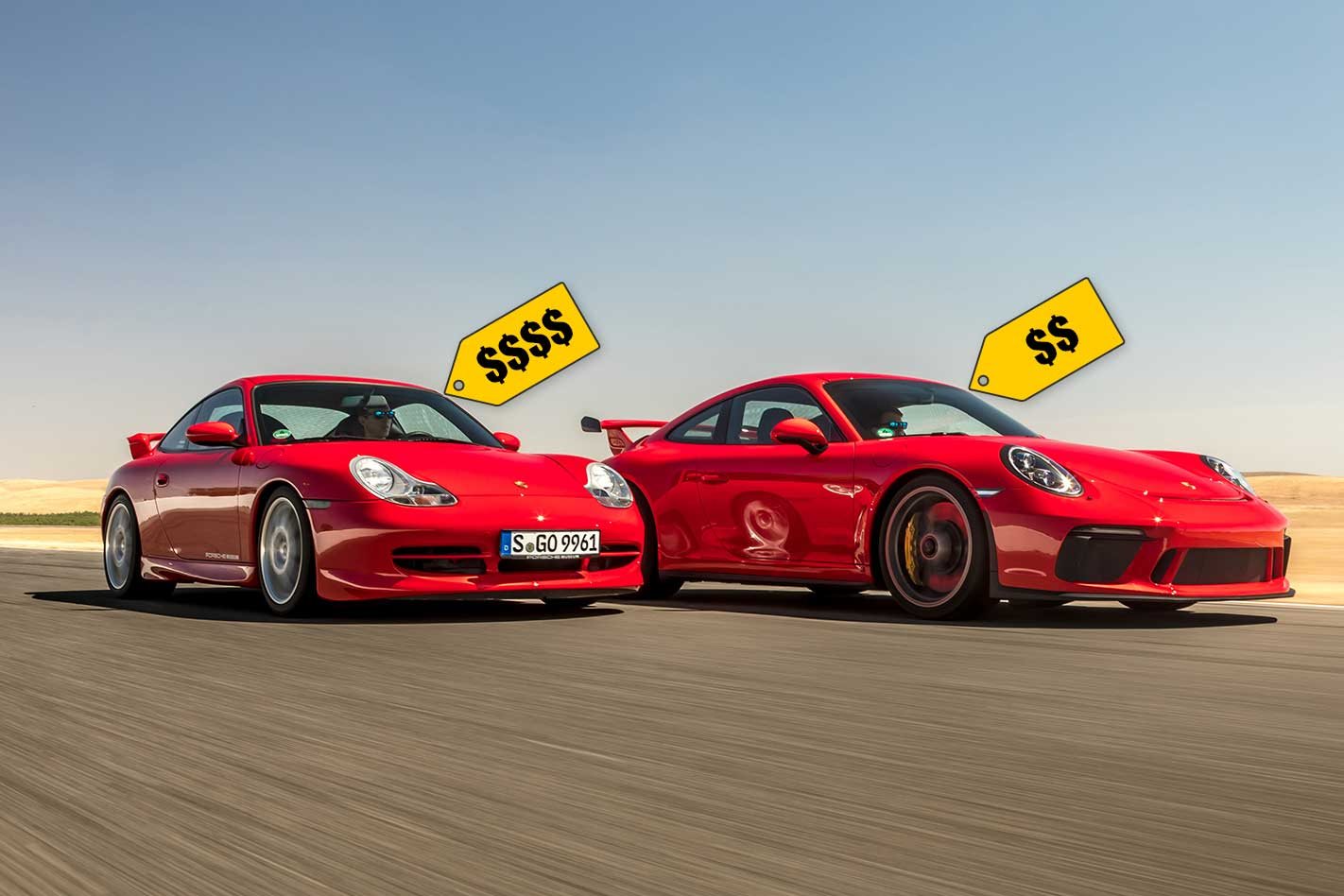How expensive are cars today? It’s a question that popped up following a dig through MOTOR’s back issues that unearthed some eye-widening prices back in the day.
As it turns out, relatively speaking, today’s performance cars are remarkably good value. There are many reasons for this – reduced tariffs, increased competition, greater volume – but given that most of the vehicles in this article attract 33 per cent Luxury Car Tax (on every dollar over $67,525 for the 2019-20 financial year) it’s remarkable some of the prices are as low as they are.
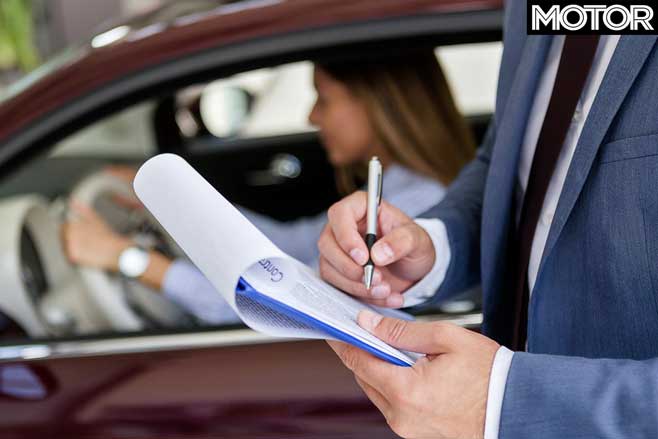
Vehicles were essentially chosen at random, the main criteria being that pricing data was available (i.e. it was on sale in some form) 10, 20 and, in some cases, 30 years ago. Prices are MSRP and were taken from the December 1989, 1999, 2009 and 2019 issues of MOTOR and inflation was calculated using the Reserve Bank’s online Inflation Calculator (https://www.rba.gov.au/calculator/).
It only calculates inflation until 2018 so the numbers are 100 per cent current, but it suffices for our purposes.
All figures in this article are expressed in real terms (i.e 2018 money) for comparative purposes with contemporary figures (i.e. Actual dollar figure at the time) in brackets.
Let’s travel back to 1989, when houses were cheap and cars were expensive. Median house prices in the major capital cities made tantalising reading: Sydney $361,650 ($170,850); Melbourne $279,413 ($132,000); Brisbane $203,209 ($96,000); Adelaide $191,355 ($90,400).
Filling that driveway was an expensive proposition, however. The Peugeot 205 GTI was receiving rave reviews, but a price tag of $62,444 ($29,500) can’t have been easy to stomach, especially when the all-wheel drive, turbocharged Mazda 323 Turbo could be had for $62,042 ($29,310).

Speaking of Japanese performance, a Toyota Supra 3.0 Turbo could be yours for $116,210 ($54,900) or if you wanted something a bit more serious, the Nissan R32 GT-R came along a year later at $216,936 ($110,000). That was still good value when you consider it had the pace to dust off a $314,416 Porsche 911 ($148,536), $348,965 Ferrari 328 GTS ($164,730).
If you really wanted to make a statement, there was always the Lamborghini Countach, but at $1,026,632 ($485,000) is was 2.8 times the median Sydney house price. As a hint of how things have changed, that same situation today would put the Lambo at $2.7m.
Move forward a decade to 1999 and median house prices are now thus: Sydney $451,213 ($272,500), Melbourne $289,769 ($175,000), Brisbane $266,588 ($161,000), Adelaide $210,290 ($127,000). There was also much greater choice in the performance car market, with a lot of the icons we still know and love today having been launched.
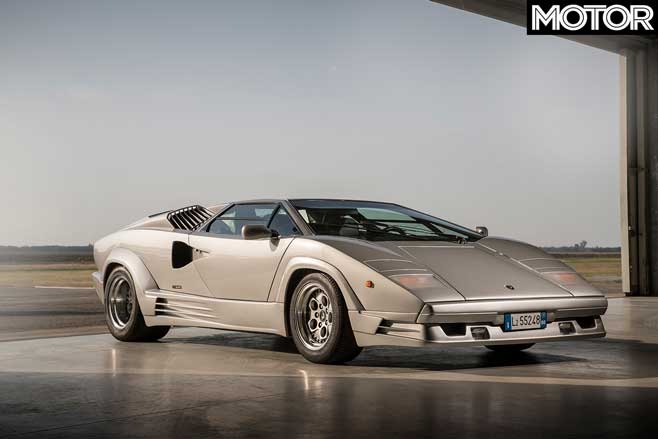
In today’s money, the $67,044 Subaru Impreza WRX ($40,490) doesn’t seem like such a bargain, but then you needed $71,846 for the underwhelming Mk IV VW Golf GTI ($43,390). Entry into the 911 club was a little cheaper at $305,003 ($184,200), and Peugeot’s hot hatch offering – now a 206 GTi – cost $51,993 ($31,400). Lamborghini’s flagship, the Diablo VT, had come down slightly at $992,851 ($599,610) and the two-wheel drive SV was a relative bargain at $660,928 ($399,153).
Going the other way was Ferrari’s entry-level V8, a 360 Modena listed at $529,451 ($319,750) as a manual or $569,025 ($343,650), and a lot of hot new metal had arrived with price tags that seem eye-watering when converted to today’s money.
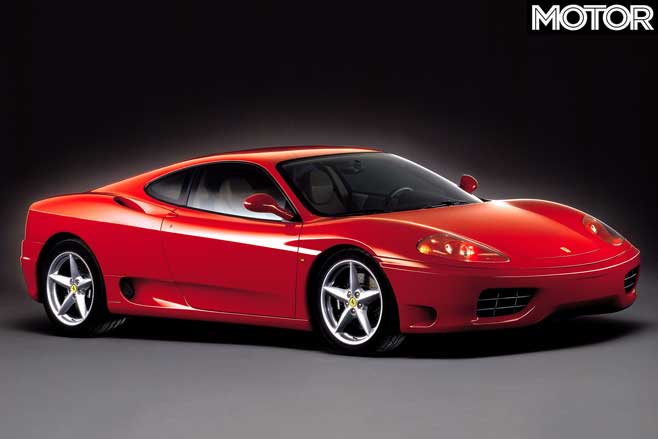
A basic Boxster with a 2.5-litre engine and a mere 150kW/245Nm? That’ll be $181,975 ($109,900). The E39 M5 looks pricey at $328,682 ($198,500), as does the E36 M3 at $221,467 ($133,750), though it’s cheaper than its Mercedes rival, the C43 AMG listed at $258,474 ($156,100). In the market for an Italian GT? The Ferrari 550 Maranello will set you back $812,625 ($490,767).
Skip forward another 10 years (to 2009) and median house prices have lifted again: Sydney $594,559 ($490,000), Melbourne $485,355 ($400,000), Brisbane $509,622 ($420,000), Adelaide $440,459 ($363,000). Happily, cars have gone the other way across the board.
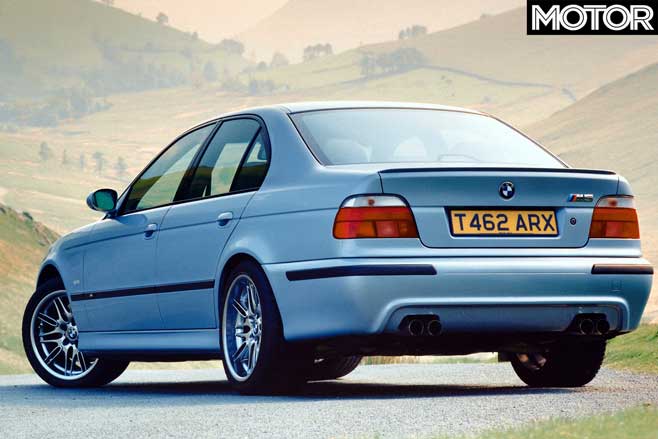
Let’s run through them in the same order as the previous decade: Impreza WRX $48,523 ($39,990); Golf GTI $49,130 ($40,490); Porsche 911 $272,648 ($224,700); Peugeot 207 GTi $41,849 ($34,490); Lamborghini Murcielago LP640 $915,357 ($754,382).
The Boxster had dropped dramatically to $139,297 ($114,800), as had the AMG C-Class, the C63 now asking for $180,673 ($148,900). Getting into an M3 dropped to $175,941 ($145,000) thanks to the introduction of the sedan, the $197,662 ($162,901) coupe narrowing the gap.
Other smaller drops included the $293,416 BMW M5 ($241,816), Ferrari F430 $526,792 ($434,150) and 599 GTB $789,065 ($650,300), while the Nissan GT-R had re-entered the frame, The $189,045 R35 ($155,800) undercutting the R32 from 20 years earlier.

Now to today. As mentioned, these figures aren’t completely up-to-date as the inflation calculator will only calculate until 2018, though our median house prices are up to date (June 2019): Sydney $955,000, Melbourne $793,000, Brisbane $550,000, Adelaide $480,000.
Here’s where we can make a direct comparison between the car prices of yesterday and today. The Subaru Impreza WRX is remarkable in that its price is the same today as it was 20 years ago, but in real terms has dropped from $67,044 to $40,490.
It’s a similar case at BMW, where the M5 has dropped from $328,682 to the $229,900 asked for today’s M5 Competition, while you can purchase an M3 Pure today for $129,529 (or an M4 Pure for $139,529), whereas M3 ownership started at $221,467 back in 1999. Likewise for the AMG C-Class, the ask dropping from $258,474 for the C43 to $162,540 for the current C63.
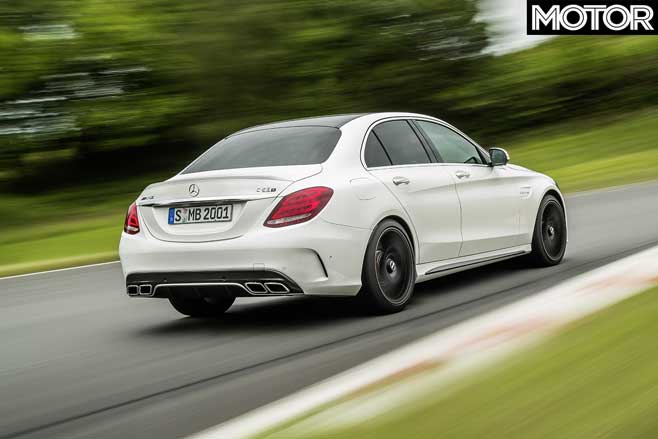
You needed $314,416 for an entry-level 911 back in 1989, whereas the same car today will set you back $229,500, and Boxster pricing has plummeted from $181,975 to $118,200 in 20 years. Over at Ferrari its V12 GT is more attainable (not really), an 812 Superfast costing $610,000 as opposed to $812,625 for a 550 Maranello; its entry-level mid-engined has actually increased from $348,965 for a 328 GTS to $484,888 for the current F8 Tributo, but given outputs have soared from 200kW/304Nm to 530kW/770Nm this seems slightly excusable.
Another car to increase is the R35 GT-R, the current $193,800 model more expensive in real terms than its 2009 predecessor at $189,045. Remember that $116,210 Toyota Supra from 1989? Makes the $84,900 charged for the current A90 a bit more palatable. And consider this: thirty years ago a Lamborghini Countach cost the equivalent of 2.8 Sydney homes; today a $788,914 Aventador S is the equivalent of 0.82 Sydney homes. Good news for Lamborghini buyers, bad news for home buyers.
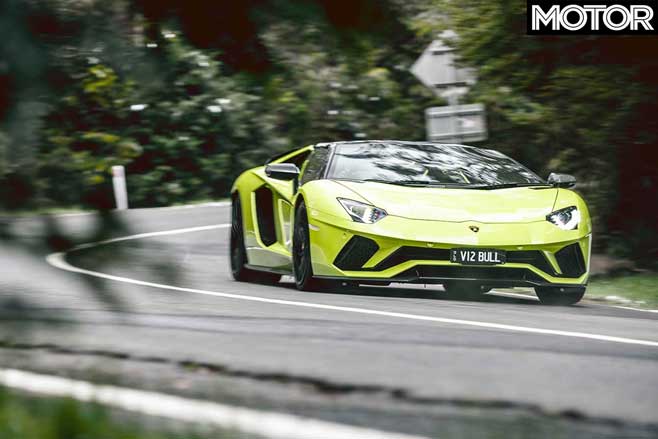
Of course cars could be cheaper; the abolition of the LCT would see prices drop dramatically. Yet today’s cars are much faster, more capable, safer, more reliable and loaded with equipment, but in most cases cost far less in real terms than their predecessors. A lot of the cars in this article are a long way from cheap, but then, relatively speaking, they’re not expensive, either.


